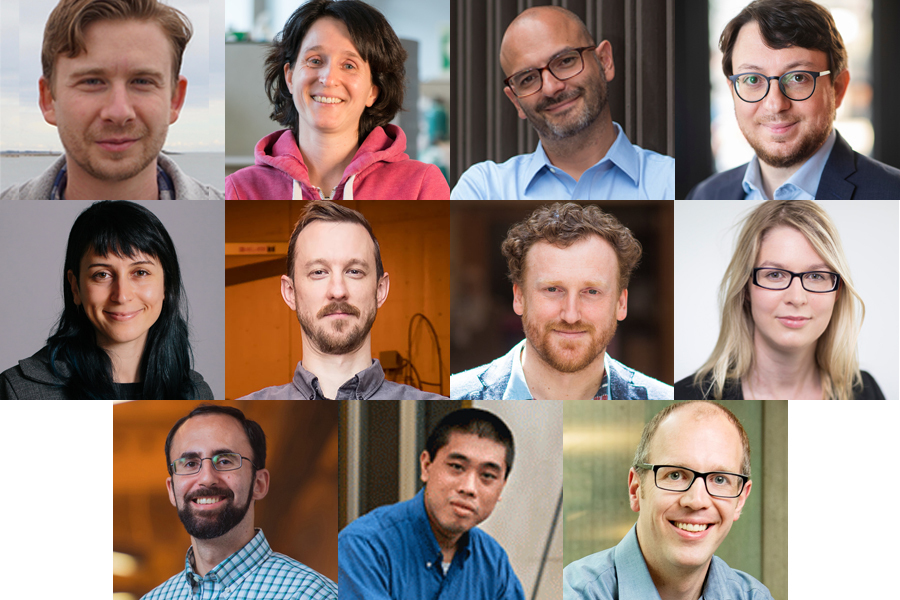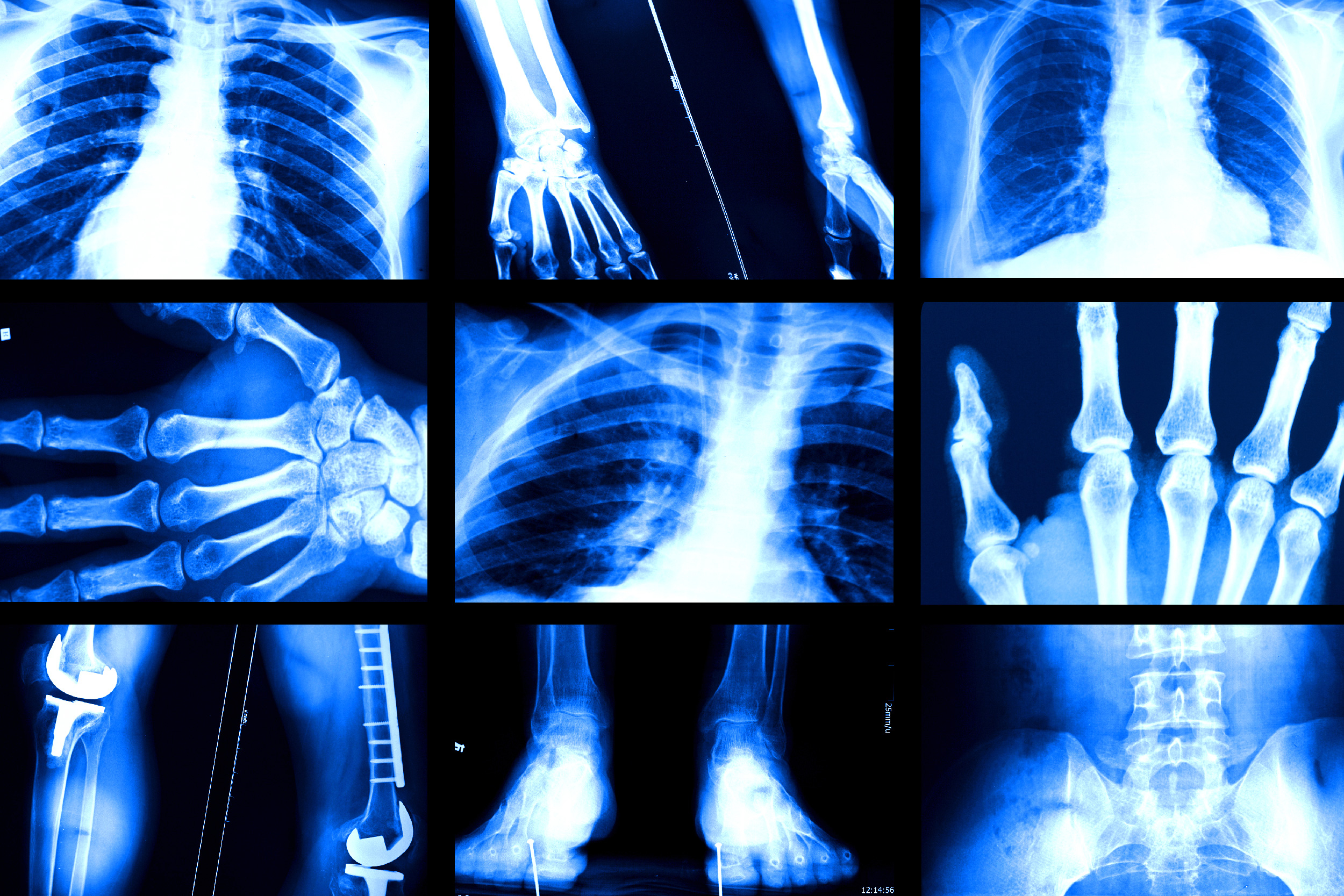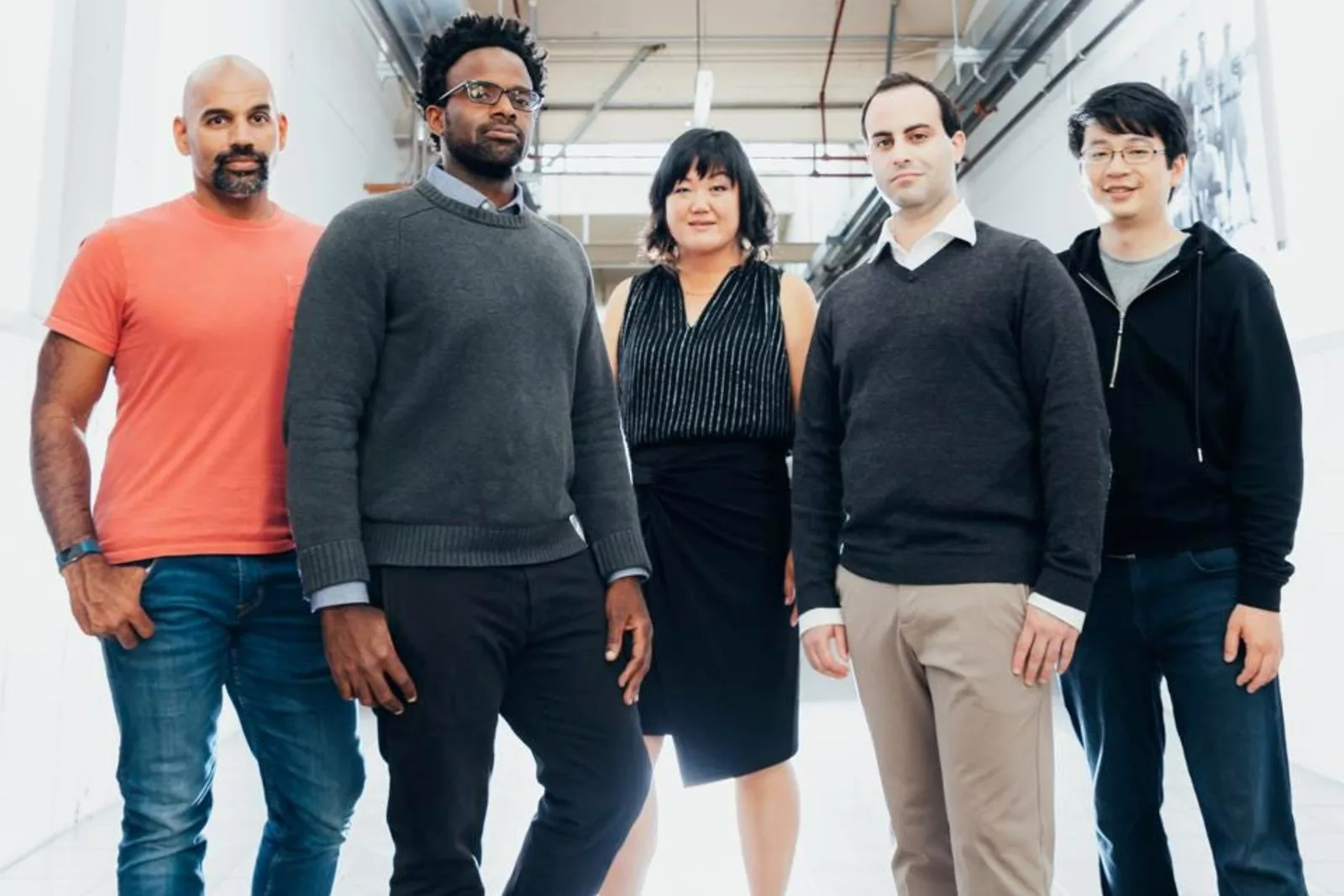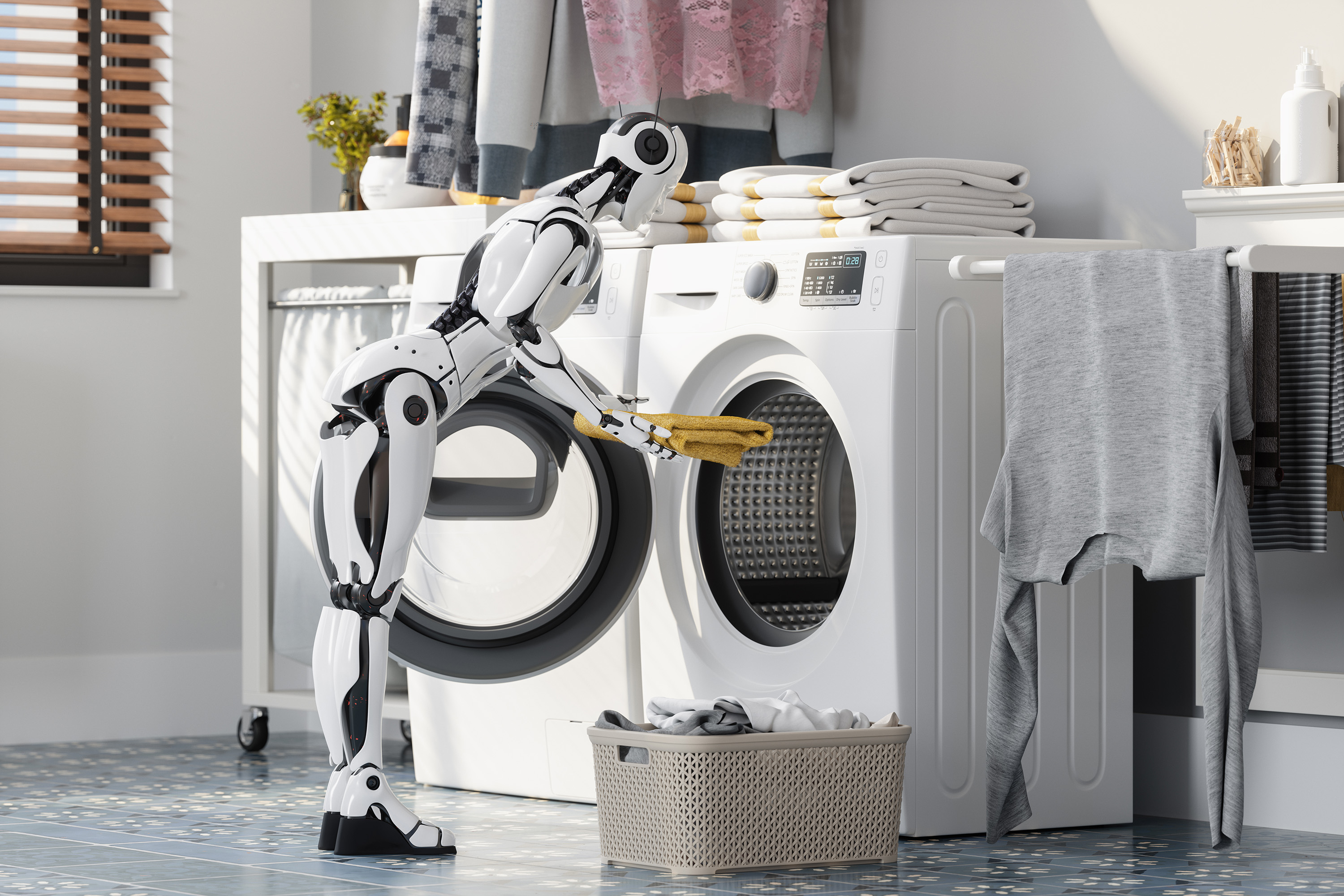This site uses cookies. By continuing to browse the site you are agreeing to our use of cookies Find out more here
Category : Next Wave Gen
The tenured engineers of 2024
Eleven faculty members have been granted tenure in six units across MIT’s School of Engineering.
Study reveals why AI models that analyze medical images...
These models, which can predict a patient’s race, gender, and age, seem to use those traits as shortcuts when making medical diagnoses.
Fotini Christia named director of the Institute for...
Known for building connections between the social sciences, data science, and computation, the political science professor will lead...
Wireless receiver blocks interference for better mobile...
This novel circuit architecture cancels out unwanted signals at the earliest opportunity.
Startup aims to transform the power grid with superconducting...
VEIR, founded by alumnus Tim Heidel, has developed technology that can move more power over long distances, with the same footprint...
Helping nonexperts build advanced generative AI models
MosaicML, co-founded by an MIT alumnus and a professor, made deep-learning models faster and more efficient. Its acquisition by Databricks...
Arvind, longtime MIT professor and prolific computer...
The dedicated teacher and academic leader transformed research in computer architectures, parallel computing, and digital design,...
MIT-Takeda Program wraps up with 16 publications,...
The program focused on AI in health care, drawing on Takeda’s R&D experience in drug development and MIT’s deep expertise in AI.
Understanding the visual knowledge of language models
LLMs trained primarily on text can generate complex visual concepts through code with self-correction. Researchers used these illustrations...
A smarter way to streamline drug discovery
The SPARROW algorithm automatically identifies the best molecules to test as potential new medicines, given the vast number of factors...
Technique improves the reasoning capabilities of large...
Combining natural language and programming, the method enables LLMs to solve numerical, analytical, and language-based tasks transparently.
Researchers use large language models to help robots...
The method uses language-based inputs instead of costly visual data to direct a robot through a multistep navigation task.



.jpg?itok=zbVxybza#)













